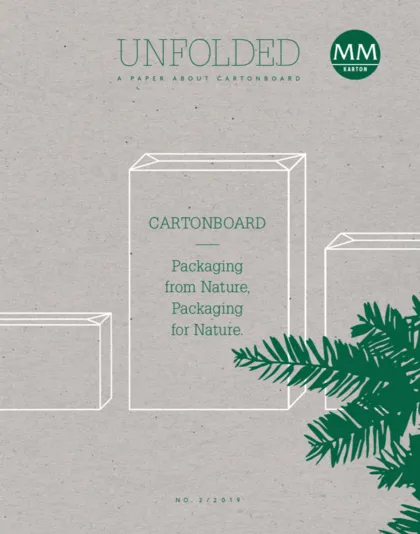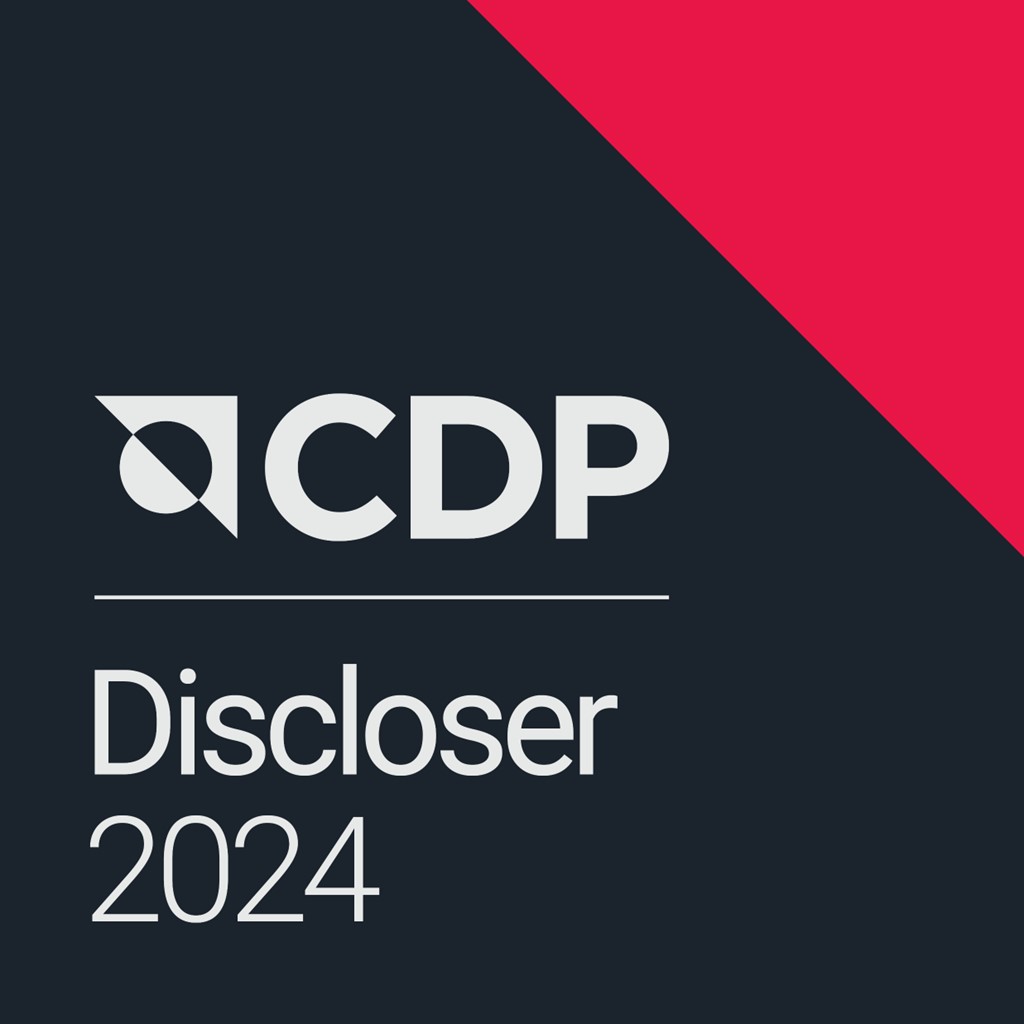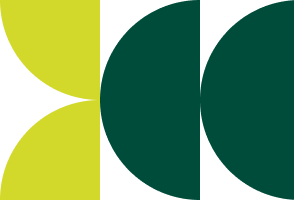Timeline: EU Circular Economy Package
Important milestones and the next steps in the EU Circular Economy Package and the EU Plastics Strategy.
PREVIOUS ACHIEVEMENTS:
JUL 2014: EU Commission publishes first EU Circular Economy Package
The first circular economy package, ‘Towards a circular economy: a zero-waste programme for Europe’ is published by the EU Commission under its president, José Manuel Barroso, with a view to transforming the EU into a circular economy. Following the arrival of the new President of the EU Commission, Jean-Claude Juncker, the decision was taken to rework the circular economy package and make it more ambitious, drawing upon extensive dialogue between the EU commission, the EU Parliament, Member States, interest groups and leading companies.
DEC 2015: EU Commission adopts revised EU Circular Economy Package
The Circular Economy Package 2015 is divided into two parts, with legislative proposals on waste (known as the Waste Package) and a plan of action. In the Waste Package, the EU Commission examines four proposals for directives to revise existing waste directives. In terms of content, the Waste Package is in line with the initial proposal from 2014 but is supplemented by quantified objectives. The key new feature is the extensive action plan, which, together with over 50 measures for the entire product lifecycle – from production and consumption through to waste management and the market for secondary raw materials – also includes a schedule for the ultimate implementation and monitoring of these measures. The transition to the circular economy is to be expedited in five priority areas (plastics, food waste, critical raw materials, biomass and bio-based materials).
JAN 2017: EU Commission presents the first report on the implementation of the action plan
A number of measures proposed in the action plan have already been enforced. However, the Commission aims to ensure that all of the measures envisaged in the action plan will be implemented under the current mandate – until 31 October 2019.
JAN 2018: EU Commission adopts EU Plastics Strategy
The EU Plastics Strategy in the circular economy is the first EU-wide political framework concept to focus on the material-specific lifecycle, with the aim of integrating cycle-oriented product design, use and re-use of materials and recycling into the plastics value chain. The Plastics Strategy contains clear objectives with quantified targets at an EU level.
JUN 2018: EU Commission calls for a campaign of self-commitment as part of the EU Strategy for Plastics
The EU commission asks brand owners to voluntarily commit to increase recycled plastics in their products. The aim is to introduce 10 million tonnes of recycled plastics in new products on the EU market by 2025. By the end of 2018, 70 companies and trade associations had made voluntary commitments.
JUL 2018: The four amending directives to the EU Waste Package come into effect
o EU Waste Framework Directive (Directive (EU) 2018/851 – amending Directive 2008/98/EC)
o EU Directive on Landfill Waste (Directive (EU) 2018/850 – amending Directive 1999/31/EC)
o EU Directive on Packaging and Packaging Waste (Directive (EU) 2018/852 – amending
Directive 94/62/EC)
o EU Directives on End-of-Life Vehicles, Waste Batteries and Waste Electrical and Electronic Equipment (Directive (EU) 2018/849 – amending Directives 2000/53/EC, 2006/66/EC, 2012/19/EU)
The first three of the mentioned directives are relevant to the packaging sector. Member States have 24 months to transpose the directives into national law.
DEC 2018: EU Commission founds the Circular Plastics Alliance
The EU Commission founds the Circular Plastics Alliance in order to promote the market for recycled plastics in Europe. Initiatives and alliances are also devised by global companies involved in the plastics and consumer goods value chain that are looking to advance solutions relating to plastic waste (e.g. Alliance to End Plastic Waste, The New Plastics Economy).
MAR 2019: EU Commission submits report on the Self-Commitment Campaign
The EU Commission looks at the level of self-commitment to the terms of the Plastics Strategy with the aim of identifying any gaps that may exist between supply (recycling companies) and demand (manufacturers, distributors) for the different types of plastics. The report concludes that although the supply is sufficient to meet the target of 10 million tonnes of recycled plastics in new products by 2025, the demand is only at around 6.4 million tonnes.
MAR 2019: EU Commission presents a further report on the implementation of the action plan
All 54 actions set out by the plan, such as the EU Plastics Strategy and the new targets for waste recycling and landfill, have already been started or completed.
MAR 2019: European Parliament adopts ban on single-use plastic products from 2021
The European Parliament votes for a ban on single-use plastic products, which are especially likely to end up in the environment (e.g. party plates, cutlery or straws) by adopting the Single Use Plastic Directive (Directive (EU) 2019/904). The ban will come into effect from 2021.
LOOKING AHEAD:
UNTIL JUL 3rd 2020: The EU Commission …
• publishes, in consultation with the Member States, guidelines containing appropriate examples of what should be considered as single-use plastic items for the purposes of the Single Use Plastic Directive.
• adopts an implementing act to determine the methodology for evaluating and verifying the objectives for separate collections.
• adopts an implementing act laying down harmonised requirements for the labelling of single-use plastic products with a certain plastic content.
UNTIL JAN 3rd 2021: The EU Commission …
adopts an implementing act to determine the methodology for evaluating and verifying the means of reducing consumption of single-use plastic items.
UNTIL JUL 3rd 2021: Member States …
adopt laws and regulations that are necessary in order to comply with most of the provisions of the Directive. For some provisions, longer deadlines apply, e.g. for single-use beverage containers with caps and lids made of plastic that can only be placed on the market if the caps and lids remain attached to the containers during the period of intended use for the product.
UNTIL JUL 3rd 2027: The EU Commission …
carries out an assessment of the Single Use Plastic Directive and evaluates further measures. The report will include an assessment of the need to review the list of single-use plastic items.




